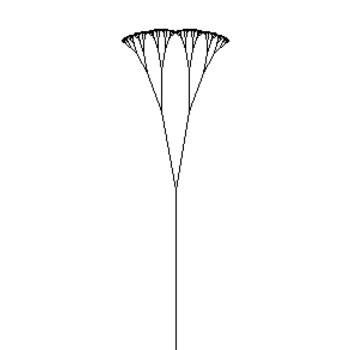How much work would it take to horizontally accelerate an object with a mass of #8# #kg# to #4# #ms^-1# on a surface with a kinetic friction coefficient of #1 #?
2 Answers
Not enough information provided.
With the condition that
Explanation:
Force
Assuming that the object is initially at rest on the horizontal and acceleration is constant. Using the kinematic equation
Also distance moved
Given is coefficient of kinetic friction
As normally coefficient of static friction is greater than the coefficient of kinetic friction, also that neither of the coefficients can be greater than
Let the normal reaction be
Force of friction which will oppose the motion
Inserting given values
Work done

